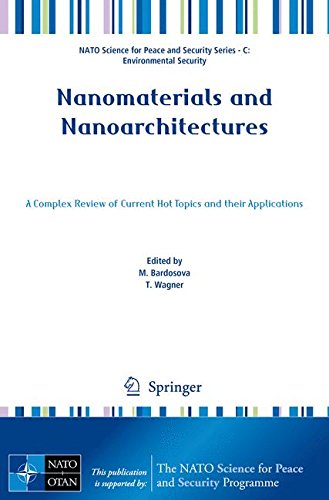

Most ebook files are in PDF format, so you can easily read them using various software such as Foxit Reader or directly on the Google Chrome browser.
Some ebook files are released by publishers in other formats such as .awz, .mobi, .epub, .fb2, etc. You may need to install specific software to read these formats on mobile/PC, such as Calibre.
Please read the tutorial at this link: https://ebookbell.com/faq
We offer FREE conversion to the popular formats you request; however, this may take some time. Therefore, right after payment, please email us, and we will try to provide the service as quickly as possible.
For some exceptional file formats or broken links (if any), please refrain from opening any disputes. Instead, email us first, and we will try to assist within a maximum of 6 hours.
EbookBell Team

4.7
16 reviewsThe current work consists of nine contributions describing recent progress in the interdisciplinary of Nanoscience, which involves physics, chemistry, engineering, biology and medicine and one essay outlining some important historical and socioeconomic factors pertaining to recent developments in nanoscale science and technology.
All 10 chapters have been written by eminent experts in their respective fields. The authors employ the terms ‘nanomaterials’ as building blocks of a range of materials, ‘nanoarchitecture’ represents the design and ‘nanotechnology’ the means to produce a particular device or functionality. Two of the chapters are devoted to novel materials and two others focus on analyzing techniques, which can be used to enable molecular control of the film architecture. Additionally, the reader will find material devoted to photonic and hybrid plasmonic-photonic crystals as well as sections which address their applications, such as the use of plasmonic particles and nanostructures for new sensing concepts and ultrasensitive detection techniques.
This work will be of interest to graduate students, researchers and practitioners alike.